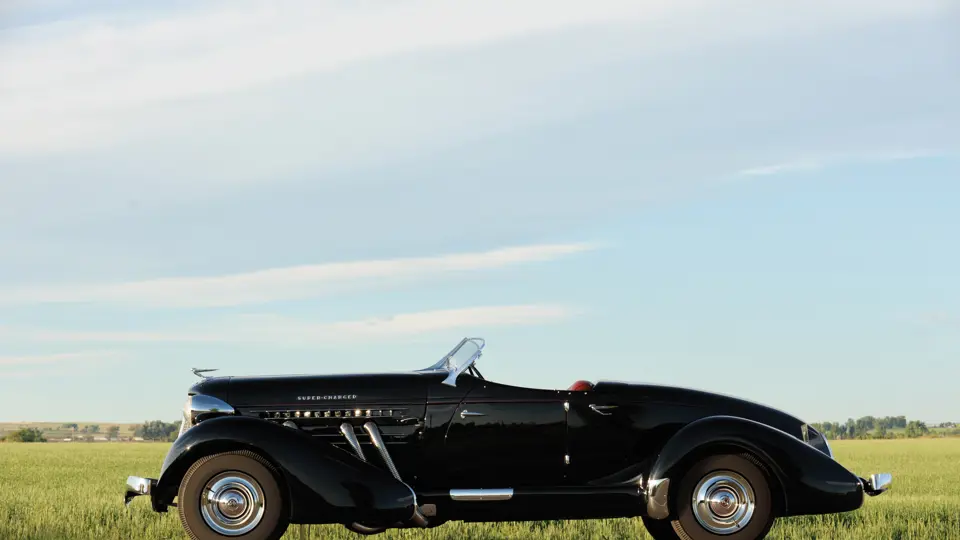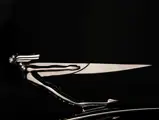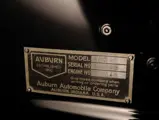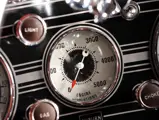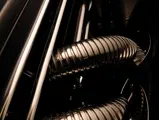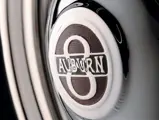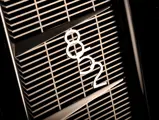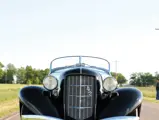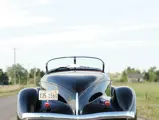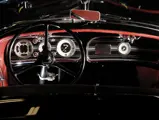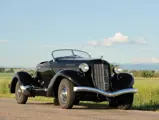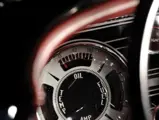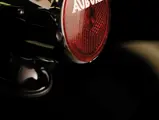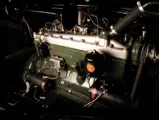150 bhp, 280 cu. in. inline side valve eight-cylinder engine with Schwitzer-Cummins supercharger, Columbia two-speed rear end, suspension via four wheel semi-elliptical leaf springs, front beam axle, live rear axle, and four-wheel hydraulic brakes. Wheelbase: 127 in.
• Legendary, Art Deco, American, supercharged speedster
• Formerly owned by David Tunick for over three decades
• Villa d’Este Best in Class winner
• Professional restoration at great expense
• Black over red, as per original specification
The Auburn Motor Car Company produced what many consider to be its ultimate masterpiece in 1935, just as the company’s end was drawing near: the 851SC speedster. As such, it is a testament to the fighting spirit of the Auburn Cord Duesenberg Company and to the legendary talent of one of the greatest American automotive designers.
Auburn had invested heavily in the largely new Al Leamy designed 1934 models. Although they sold better than the ’33s, they were not the salvation the company needed. But with little money available, a completely new car was out of the question. Gordon Buehrig was called upon to pull the figurative rabbit out of the hat. Buehrig redesigned the front end of the line with a new grill and hood line. Auburn’s signature new feature for 1935 was to be supercharging the top-of-the-line models. Buehrig incorporated the external exhaust, which the American public had come to identify with supercharged engines, largely because of the mighty Model SJ Duesenberg.
Although the new 851 (and the following year’s 852) models were certainly flashy enough, the “new” was more than skin deep. The chassis was mostly carried over, although some updates were made. The car was fitted with a Lycoming-built straight-eight engine equipped with a new supercharger designed by Kurt Beier from Schwitzer-Cummins. In addition, the trusted and durable Columbia two-speed rear axle was fitted, allowing lower gearing for quicker acceleration, combined with a higher final drive ratio for improved top speed.
Still, something dramatic was needed to stimulate traffic in the showrooms. Taking a page from the company playbook, and knowing that Central Body Company still had 50 bodies in white left over from the ’33 speedster program, Ames decided that a new speedster would be the perfect attention-getter for the new line.
Once again, Ames tapped Gordon Buehrig to design the new speedster. Buehrig decided to base the new design on a Duesenberg speedster he had designed for Weymann. The top, doors, windshield, and cowl could be used as-is, but a new tail would have to be made, and the cowl would require modification to blend with the new ’35 front end. Finally, he added a stunning new set of pontoon fenders.
The result was breath-taking, and the new car was soon seen everywhere from auto shows to newspapers to spark plug ads. To a public weary of the Depression, the new Auburn speedster was automotive hope personified. Here was a car everyone could identify with, dream about, and wish for. It became, in many ways, the rolling icon of the Art Deco era.
Auburn Speedsters didn't just look fast, they were fast. To prove this, famed speed-demon and race driver Ab Jenkins sat behind the wheel of an 851 speedster and was the first American to set a 100 mph average for a 12-hour period endurance record in a completely stock 851SC speedster. As a result, each speedster built carried a dash plaque attesting to its over 100 mph capability, bearing Ab Jenkins’ signature.
Priced at $2,245 when new, estimates peg Auburn’s loss per speedster at about $300 for every car built. But the logic behind Cord's decision was that this sleek model attracted customers to come in and purchase less expensive but more profitable models. As a consequence, very few speedsters were built, making them highly prized today.
The example offered here is one of the best known examples in ACD circles, having spent more than 30 years as part of the David H. Tunick Collection. Since the dispersal of the Tunick Collection in 2005, the car first resided with a collector who arranged for the car to be sent to noted restorer Jim Stranberg, of High Mountain Classics in Denver, Colorado. Stranberg carried out a comprehensive restoration to the highest standards, at a cost of $480,000. Completed in time for the 2007 Pebble Beach Concours d’ Elegance, the car was stunning. It was finished in a two-tone maroon and silver paint scheme, which, although attractive, was not correct, and consequently, the car failed to earn a class win. Wisely, the vendor immediately commissioned a high quality repaint in the car’s original black, but the correct dark red leather interior was retained, returning it to the way it would have looked when delivered new more than 70 years ago.
The most recent owner has maintained the car to his exacting standards since acquiring it in 2008. After importing the car to the UK, it was registered and has since also been honoured with a Best of Class award at the prestigious concours at Villa d’Este on Lake Como. Today, the car is simply stunning, as befits the quality of the restoration. There is no evidence of even minor ageing since completion, a testament to both the quality of the restoration and the conditions under which the car has been kept. Paint, chrome, and upholstery are near superb, and the engine bay and chassis detailing is exemplary.
Any Auburn 852 speedster is a joy to behold and a pleasure to drive. This particular car is certainly one of the finest examples RM has ever had the pleasure of offering and is unquestionably one of the finest in existence. Given this car’s outstanding restoration quality and award-winning provenance, we strongly encourage close attention to this exceptional motor car’s offering.

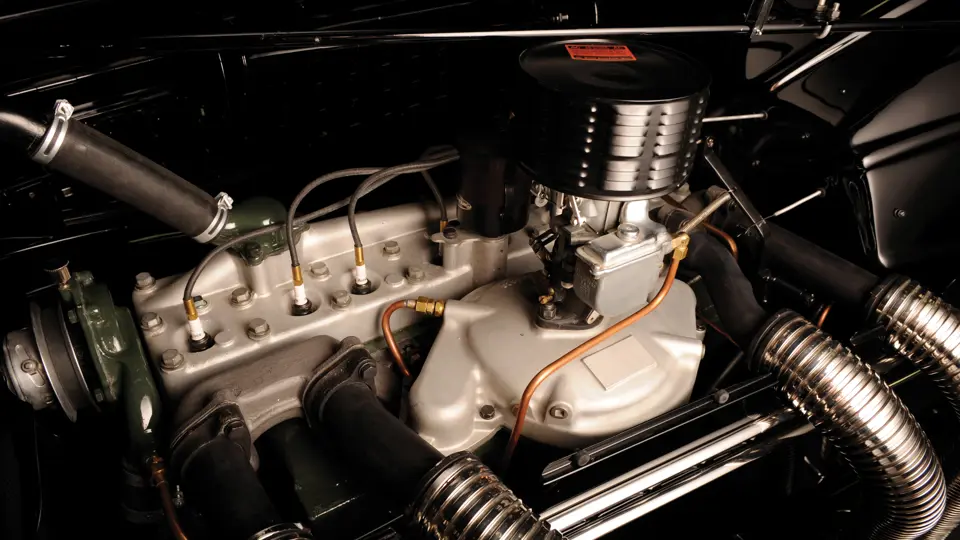
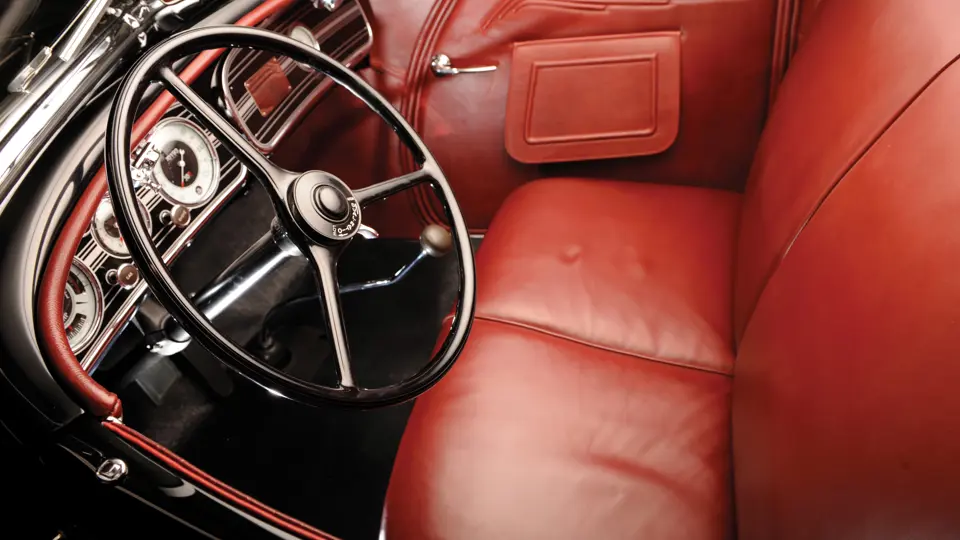

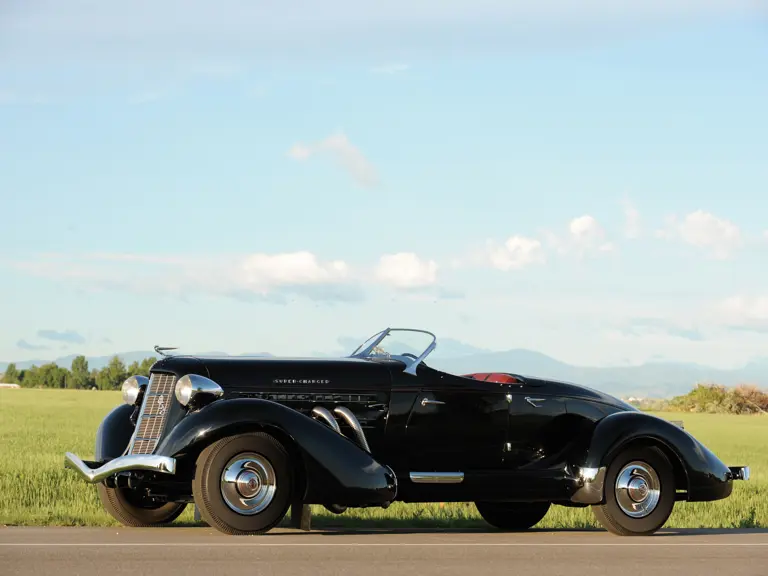

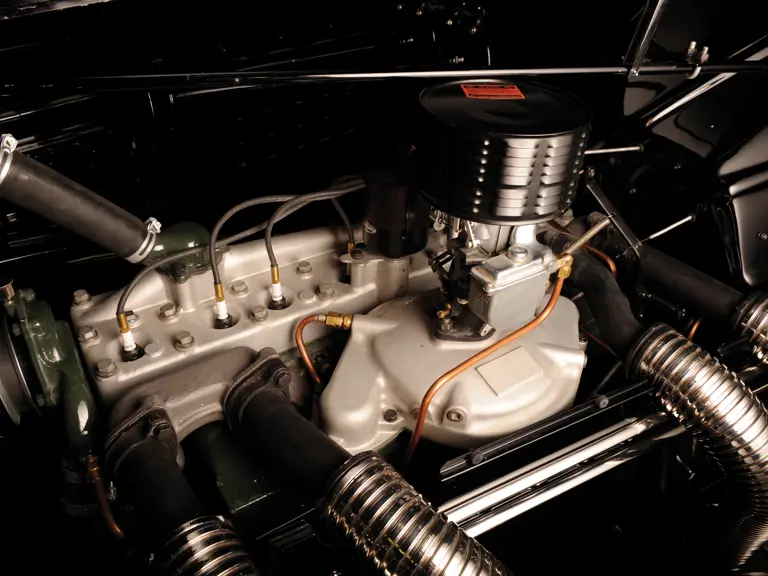
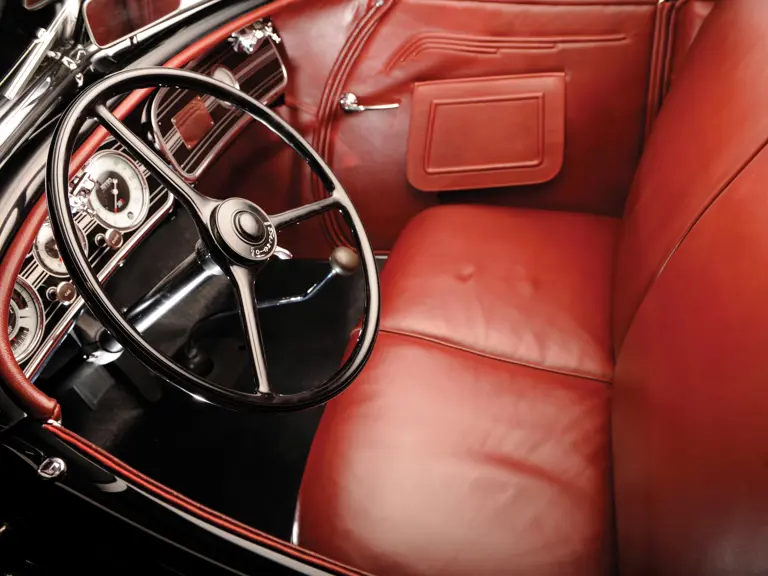
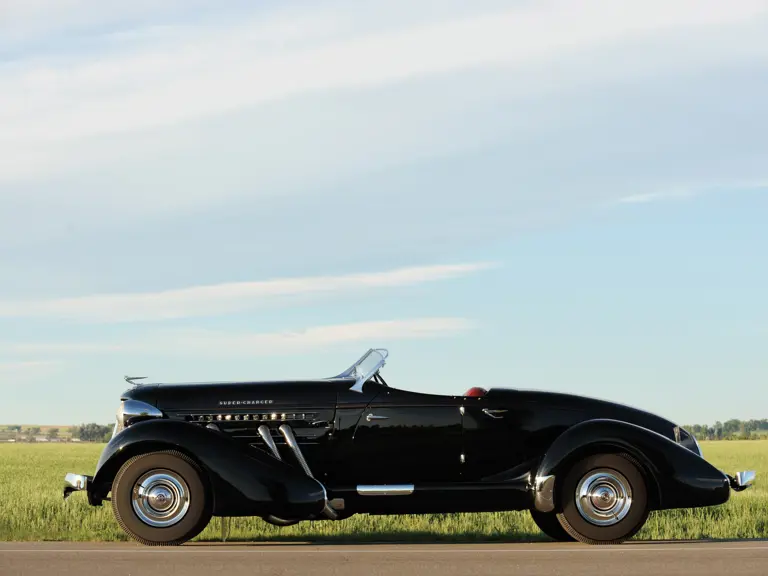
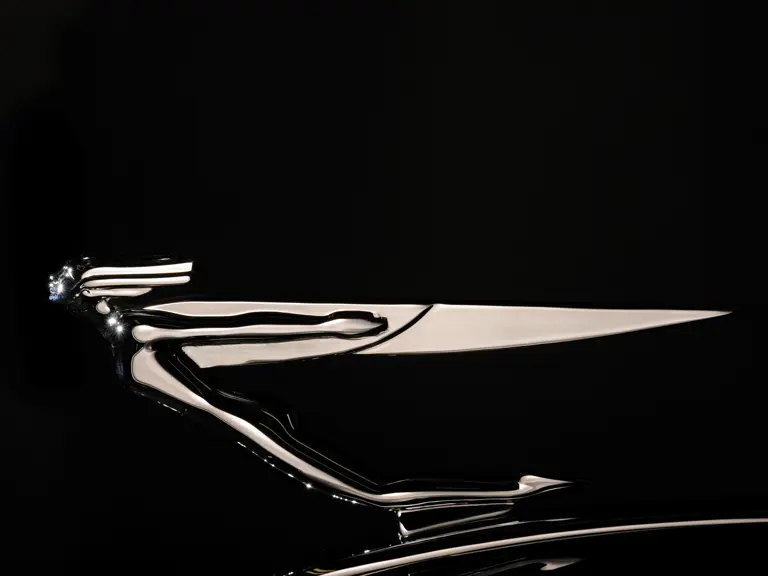
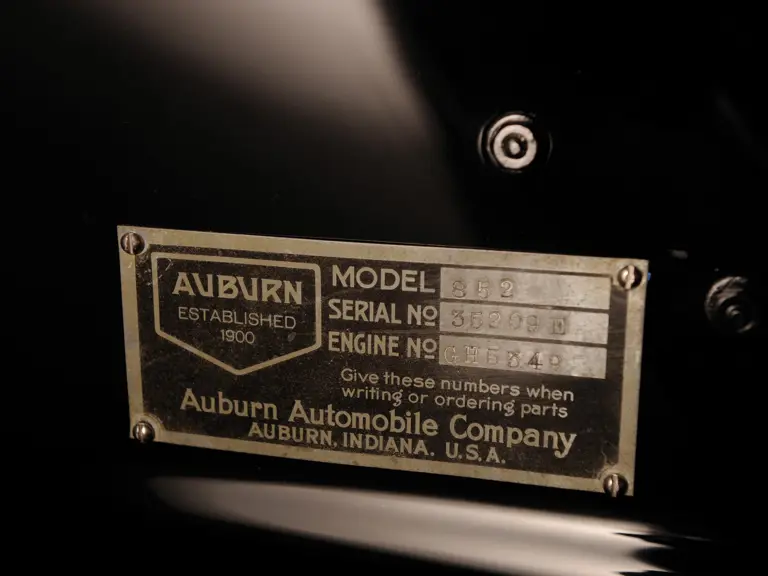
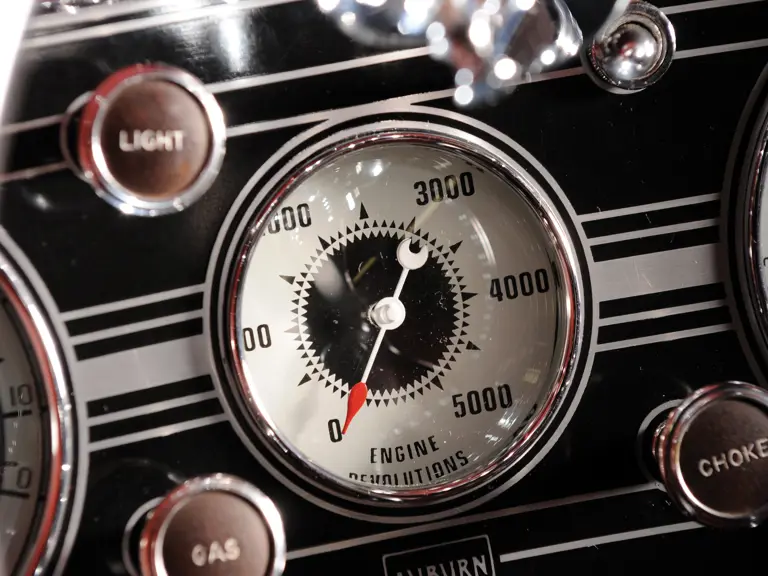
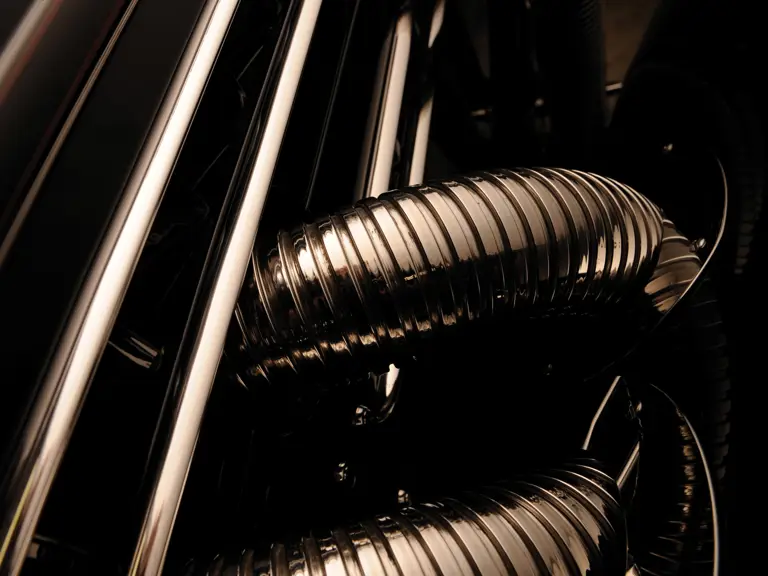

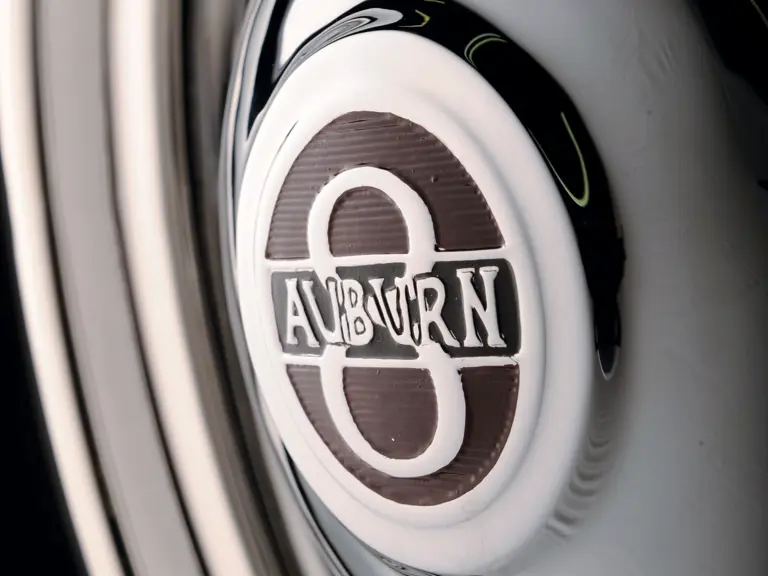


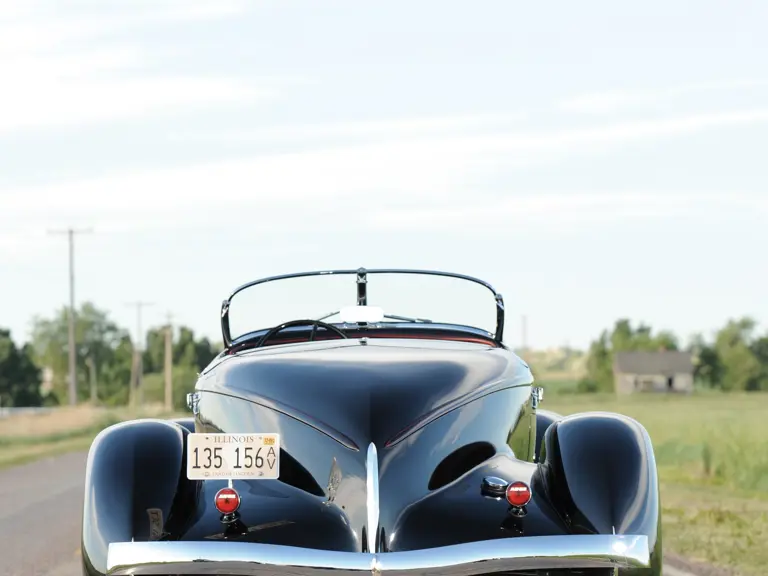

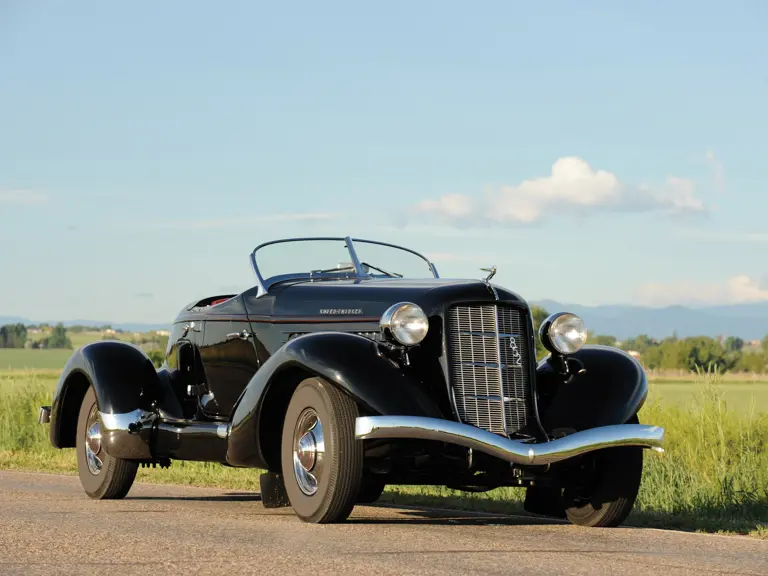
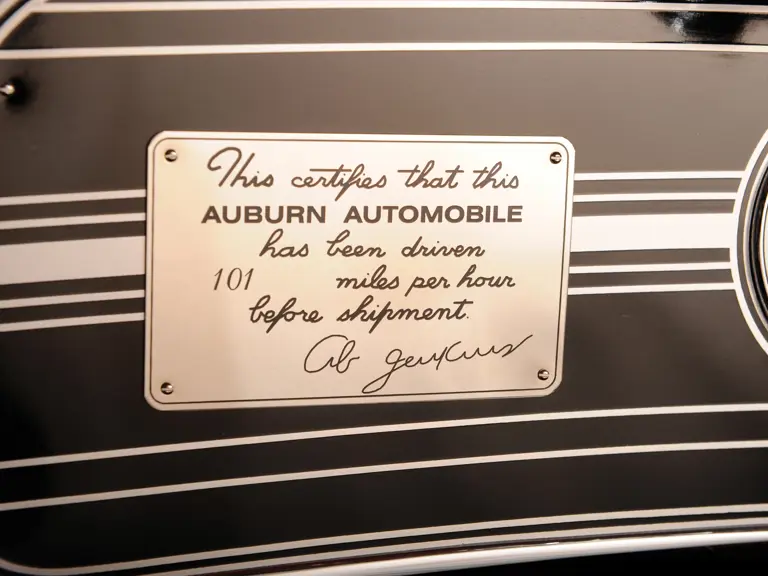
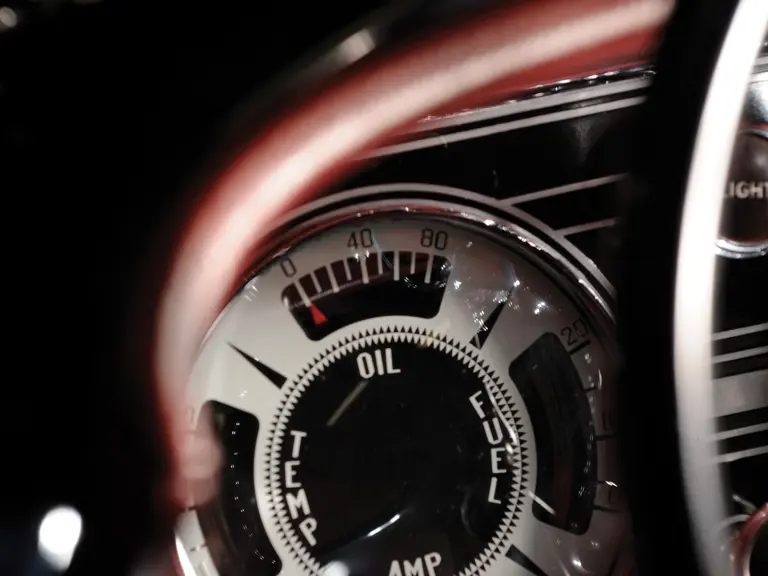
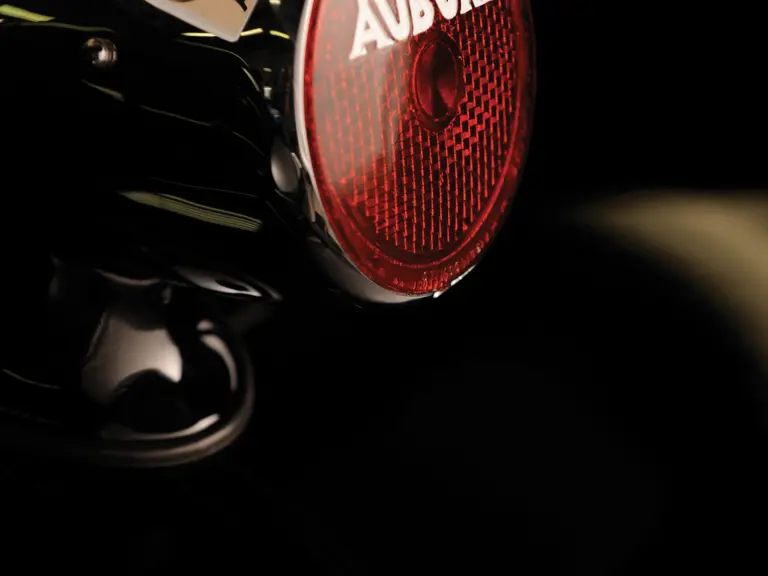
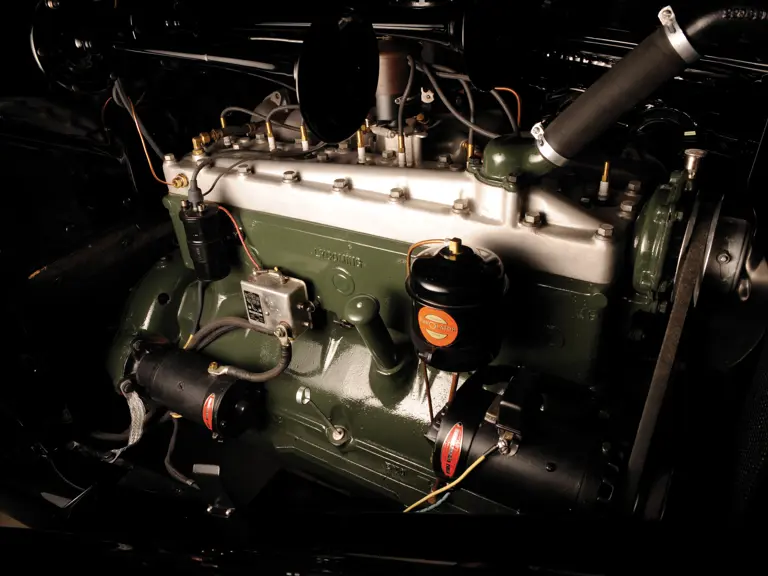
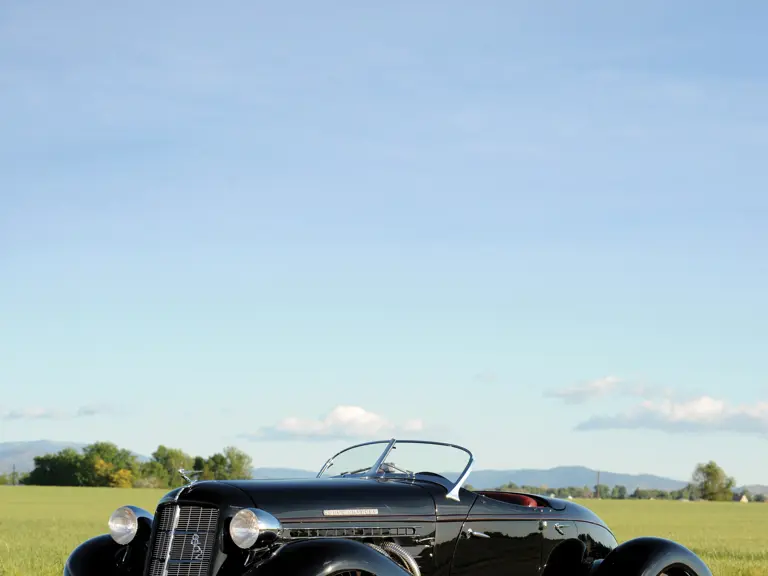
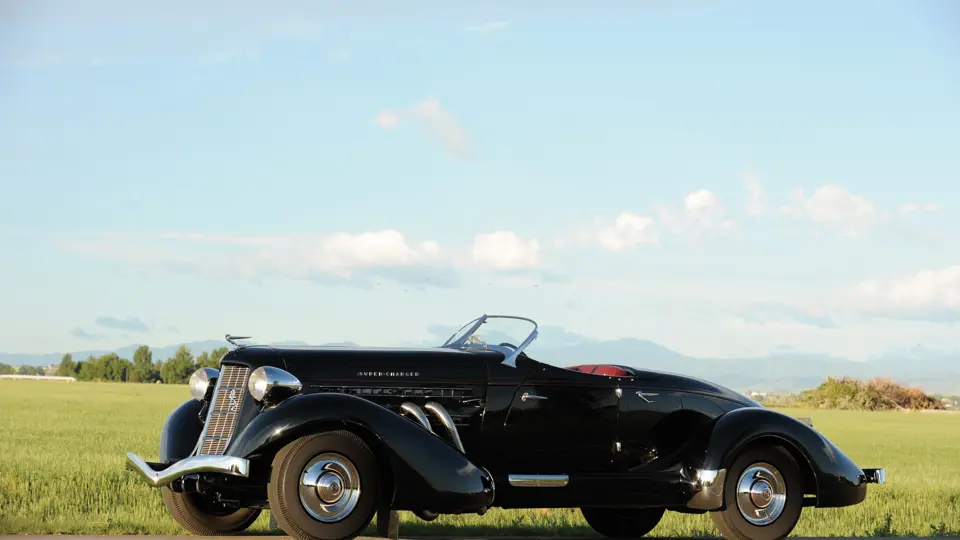
 | London, United Kingdom
| London, United Kingdom
